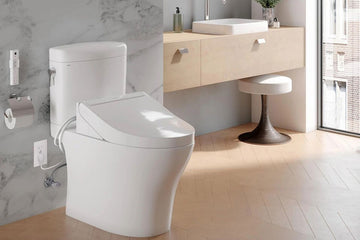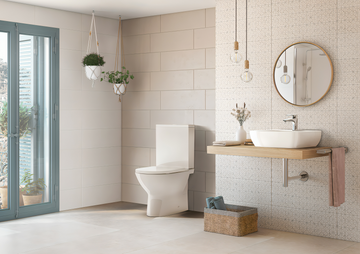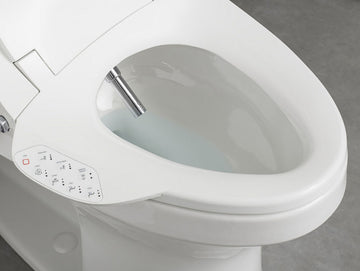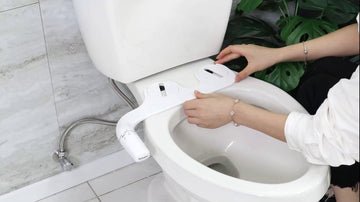Japan is renowned for its cutting-edge toilet technology innovations, which have transformed the way people perceive and interact with this essential part of daily life. From advanced features that promote hygiene to eco-friendly designs that conserve resources, Japanese toilets are at the forefront of technological advancement. These innovations not only enhance user experience but also address key concerns in the modern world, such as water conservation and sanitation.
In this article, we will explore the fascinating world of Japanese toilet technology and its impact on both domestic and international markets. Industry QA professionals will find these insights particularly valuable as they highlight the intersection of technology, sustainability, and user-centric design.
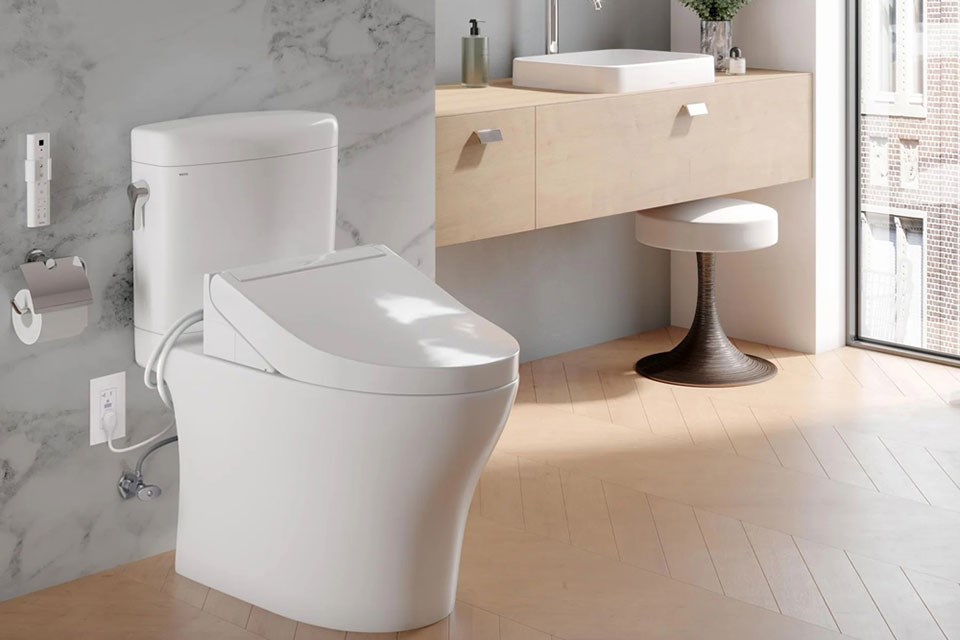
The Evolution of Japanese Toilet Technology
The history of toilet technology in Japan is a testament to the country's commitment to innovation and user comfort. Traditionally, Japanese toilets were simple pit latrines. However, over the years, they have evolved into sophisticated systems equipped with a range of features that cater to the needs of modern users.
One of the earliest innovations in Japanese toilets was the introduction of the bidet function. This feature, which uses a small stream of water for cleaning, quickly gained popularity due to its effectiveness and hygiene benefits. As technology progressed, additional features such as heated seats, deodorizers, and adjustable water pressure were incorporated, further enhancing the user experience.
Smart Toilets: The Pinnacle of Innovation
Smart toilets represent the pinnacle of toilet technology innovations in Japan. These high-tech fixtures are equipped with a range of features designed to maximize comfort and convenience. Some of the most notable innovations include automatic lids, self-cleaning systems, and customizable user profiles.
Automatic lids open and close with the wave of a hand, reducing the need for physical contact and promoting hygiene. Self-cleaning systems use advanced cleaning technologies to maintain the cleanliness of the toilet bowl, ensuring a sanitary environment at all times. Customizable user profiles allow each user to set their preferred water temperature, pressure, and seat heating level, providing a personalized experience.
For a detailed look at how smart toilets are revolutionizing bathroom technology, visit The Future of Bathroom Technology.
Eco-Friendly Innovations
In addition to enhancing user experience, Japanese toilets are also designed with sustainability in mind. Water conservation is a key focus, with many toilets featuring dual-flush systems that allow users to select the appropriate amount of water for each flush. This not only reduces water usage but also contributes to environmental conservation efforts.
Moreover, some Japanese toilets are equipped with advanced water recycling systems that treat and reuse wastewater for flushing, further minimizing water consumption. These innovations align with global efforts to promote sustainable living and reduce the environmental impact of everyday activities.
For insights into eco-friendly toilet solutions, check out Innovations in Water-Efficient Toilets.
Integration of IoT and Smart Technology
The integration of Internet of Things (IoT) technology has further propelled the development of Japanese toilets. IoT-enabled toilets can be controlled remotely via smartphones, allowing users to customize settings and monitor water usage from anywhere. This connectivity not only enhances user convenience but also provides valuable data for optimizing toilet performance and maintenance.
Industry QA professionals can benefit from understanding how IoT technology is being applied in toilet design, as it represents a significant trend in the pursuit of smarter, more efficient bathroom solutions.
For more information on how IoT is transforming toilet technology, explore Innovative Toilet Solutions for Elderly.
The Global Influence of Japanese Toilet Technology
The influence of Japanese toilet technology is not limited to the domestic market. These innovations have gained international recognition and are increasingly being adopted in other countries. The demand for smart and eco-friendly toilets is growing, driven by consumer preferences for enhanced comfort, hygiene, and sustainability.
As a result, many international manufacturers are incorporating Japanese-inspired features into their products, further spreading the impact of these innovations. This global influence highlights the importance of staying informed about the latest trends in toilet technology, particularly for those in the industry QA sector.
For a comprehensive understanding of innovative toilet designs, visit Innovative Toilet Designs.
Challenges and Future Directions
Despite the advancements, there are challenges associated with the widespread adoption of Japanese toilet technology. Cost is a significant barrier, as high-tech toilets can be expensive to produce and purchase. Additionally, there is a need for increased awareness and education among consumers to fully appreciate the benefits of these innovations.
Looking ahead, the future of Japanese toilet technology lies in continued innovation and collaboration between manufacturers, researchers, and industry QA professionals. By addressing current challenges and exploring new possibilities, the next generation of toilets will likely offer even more advanced features and greater accessibility.
For further insights into the future of toilet technology, explore Horow Smart Toilet Innovations.
Conclusion
In conclusion, toilet technology innovations in Japan have set a new standard for comfort, hygiene, and sustainability in bathroom design. These advancements, driven by a commitment to user-centric design and environmental responsibility, have not only transformed the domestic market but also influenced global trends. As the demand for smart and eco-friendly toilets continues to grow, it is essential for industry QA professionals to stay informed about the latest developments and their implications for the future of bathroom technology.
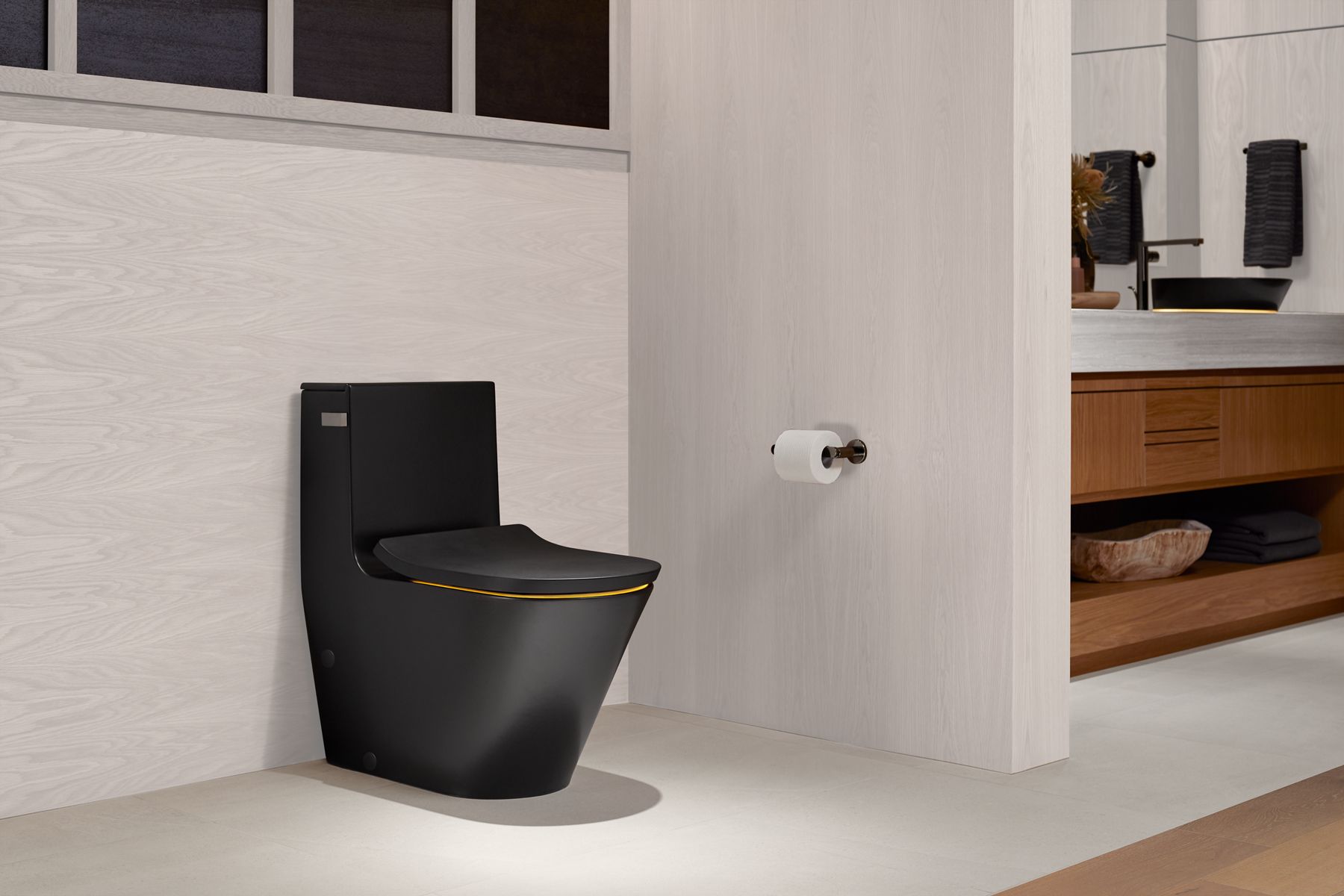
FAQ
What makes Japanese toilets unique?
Japanese toilets are unique due to their advanced features such as bidet functions, heated seats, automatic lids, and self-cleaning systems, which enhance user comfort and hygiene.
How do Japanese toilets conserve water?
Many Japanese toilets use dual-flush systems and water recycling technologies to minimize water consumption, promoting sustainability and environmental conservation.
Are smart toilets expensive?
Smart toilets can be more expensive than traditional models due to their advanced features and technology. However, the benefits they offer in terms of comfort and sustainability often justify the investment.
This article contains affiliate links. We may earn a commission at no extra cost to you.

